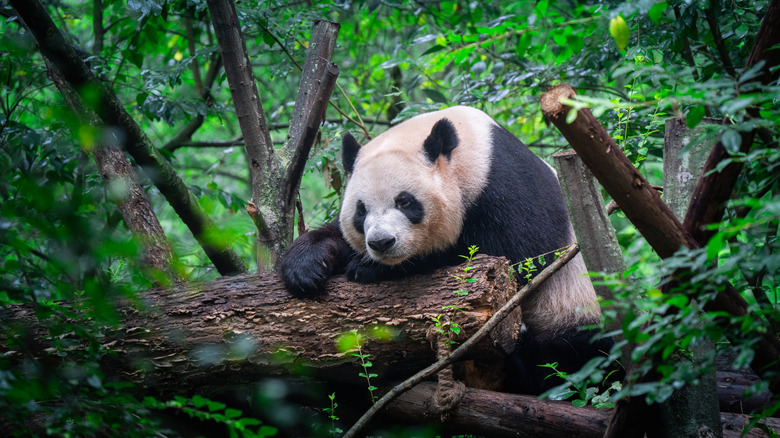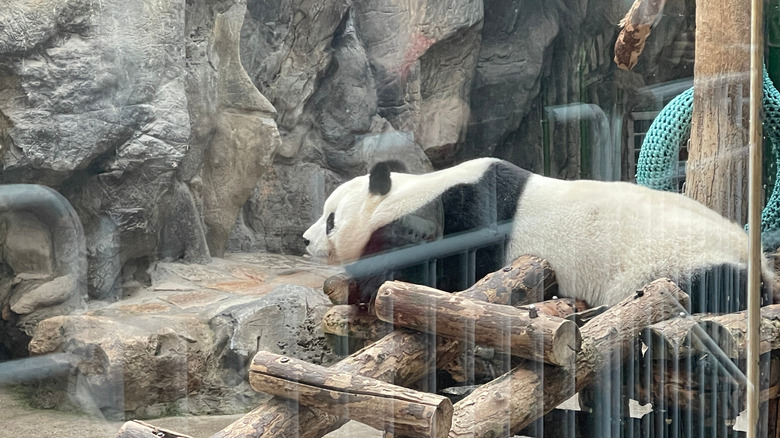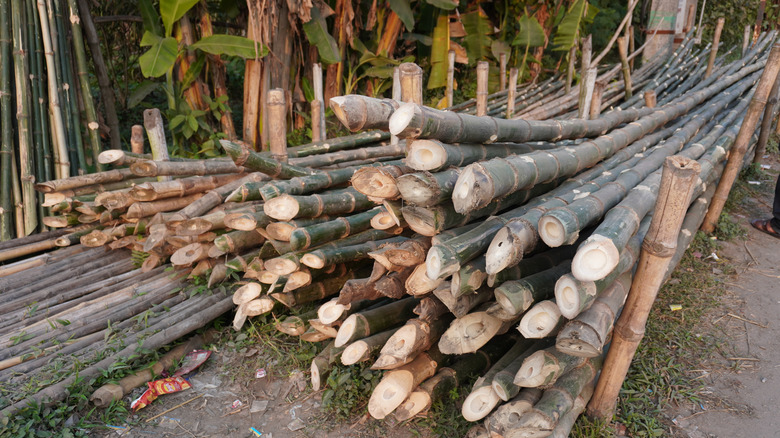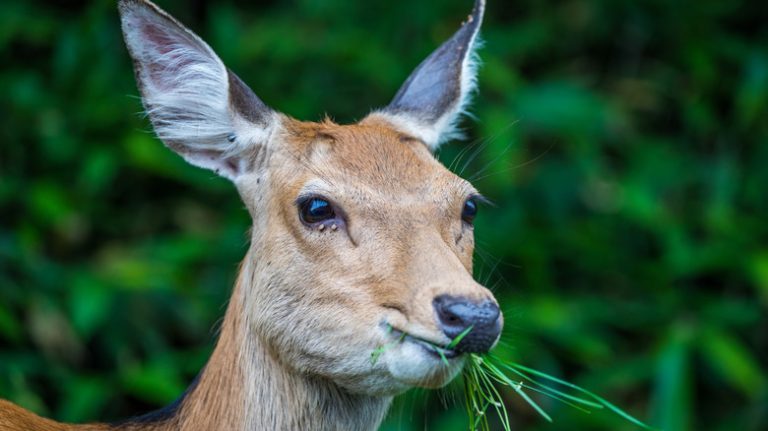
If you’ve ever observed a captive panda going about its daily routine, you might have questioned how these awkward creatures managed to survive in the wild. Extant animals have evolved skills and traits essential for their survival. However, “survival skills” is unlikely the first phrase that comes to mind when considering a panda.
In zoos, pandas are often seen stumbling, falling from trees, struggling to regain balance, and generally bumbling around. In the wild, they display similar clumsiness, spending up to 15 hours a day rolling around and consuming bamboo. Given the low energy yield of bamboo, pandas are notably sluggish.
Pandas can afford their clumsy, lethargic behavior due to the absence of natural predators. Although some animals, like the snow leopard, may prey on panda cubs, the formidable size and powerful bite of an adult panda mother typically safeguard their young. Despite understanding this lack of agility, pandas encounter other challenges that could threaten their existence.
The reality is that the giant panda is indeed endangered, but it’s not entirely their fault. Unlike squirrels and pigeons that have adapted to urban environments, pandas are too specialized to cope with human encroachment on their habitat. They occupy a very narrow ecological niche, further restricted by human activities.
Why pandas struggle to adapt: A specialist with nowhere to go

In ecology, a niche encompasses all biotic and abiotic interactions a species faces in its natural environment. These interactions shape an organism’s life and evolution, including food sources, predators, and climate cycles. A species with a broad niche, known as a generalist, can thrive in diverse conditions, like a raccoon. Conversely, a species with a narrow niche, termed a specialist, can only survive in very specific environmental conditions.
The giant panda is a specialist species due to its extremely narrow ecological niche. Primarily, 99% of a panda’s diet consists of bamboo. Given bamboo’s low nutritional and energy content, pandas must consume large quantities. Adults typically spend up to 16 hours daily eating bamboo shoots and leaves, ingesting 26 to 84 pounds each day. Without vast expanses of bamboo forests, pandas can’t meet their necessary dietary intake.
The giant panda’s narrow niche is also crucial to its reproductive cycle. In the wild, males search for mates, competing with rivals along the way. This competition is absent in captivity, possibly explaining the difficulty in breeding pandas in such conditions. Females mate with multiple males during the breeding season, which occurs from March to May. However, they only ovulate for 24 to 72 hours and typically produce only one cub at a time. Cubs are small and can only survive in the wild under their mother’s protection. Outside the panda’s ecological niche, external predators, exposure, and a lack of bamboo make survival unfeasible.
Pandas aren’t a threat to their own survival, we are

The existence of giant pandas confirms that they have the traits and skills necessary to thrive in their natural habitat. This is also true for other species brought to the brink of extinction by human actions, such as the humpback whale and the American bison. While these animals are well-suited for survival in their natural settings, human interference and habitat destruction pose serious extinction threats.
One reason we’re surprised that pandas haven’t become extinct is the proximity to extinction they faced less than 50 years ago. Human development in southwest China reduced both the panda population and its habitat. Bamboo forests were cleared for agriculture, timber, and development, with infrastructure like dams, highways, and cities further isolating panda habitats. Pandas were also hunted for meat, poached for pelts, and captured for zoos. By the 1980s, the population dwindled to about 1,100 individuals.
Just as humans nearly exterminated pandas, concerted efforts brought them back. With support from organizations like the World Wildlife Fund, conservation initiatives have had mixed success. Substantial investments in research, forest conservation, and captive breeding programs have helped increase the population, leading to the giant panda being removed from the endangered species list in 2016. Now classified as vulnerable, this is a reason for celebration but also a stark reminder that human-induced environmental destruction is a primary driver of species extinction, not the species themselves.






